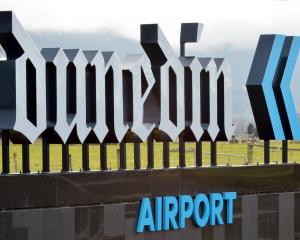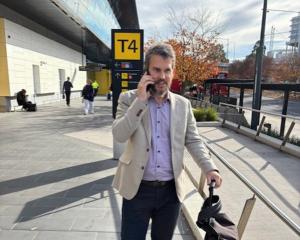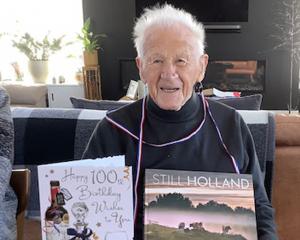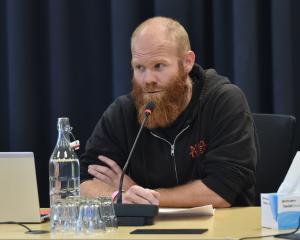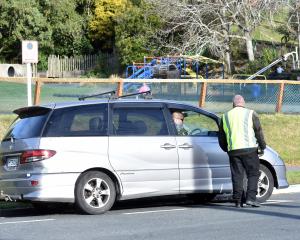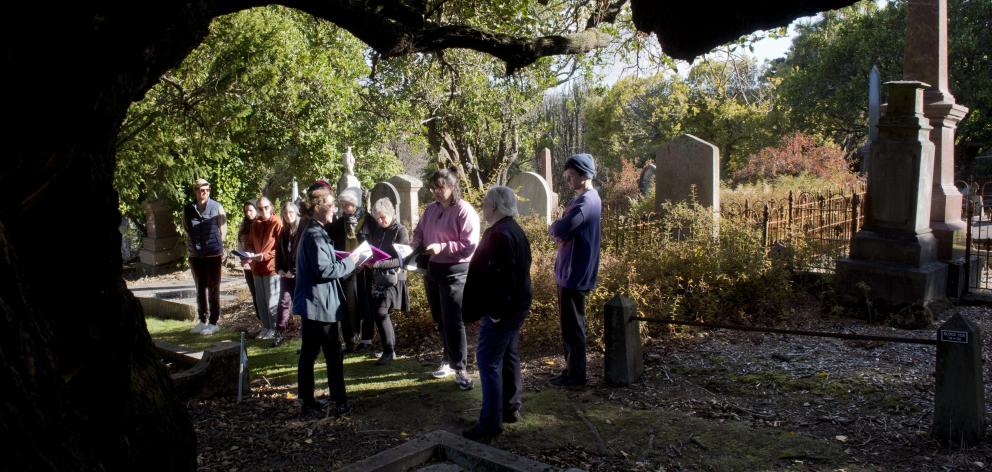
They settled by the foreshore in what was, at the time, one of the most densely occupied residential areas in the city.
Some seemed to fare quite well and a few were less fortunate.
New Zealand Heritage Properties senior archaeologist Bree Wooller led a tour in Dunedin’s Northern Cemetery on Saturday, reflecting on what could be gleaned from archaeology and public records.
Items such as bottles, bricks, paving and building foundations were uncovered in the hospital block, between Cumberland and Castle Sts.
The planned outpatient building is in a section of the city once occupied by cottages and residential dwellings, whereas the inpatient building site was used for more industrial purposes.
Ms Wooller started her guided walk by highlighting Michael and Jane Driscoll, who married in 1871 and bought a small shop and dwelling by 1881.
She viewed the pair as a "less tragic Romeo and Juliet".
He had been an Irish Catholic and she a Scottish Protestant.
It seemed the relationship was controversial enough to result in the couple dropping the O from O’Driscoll.
Family later picked it back up again, Ms Wooller said.
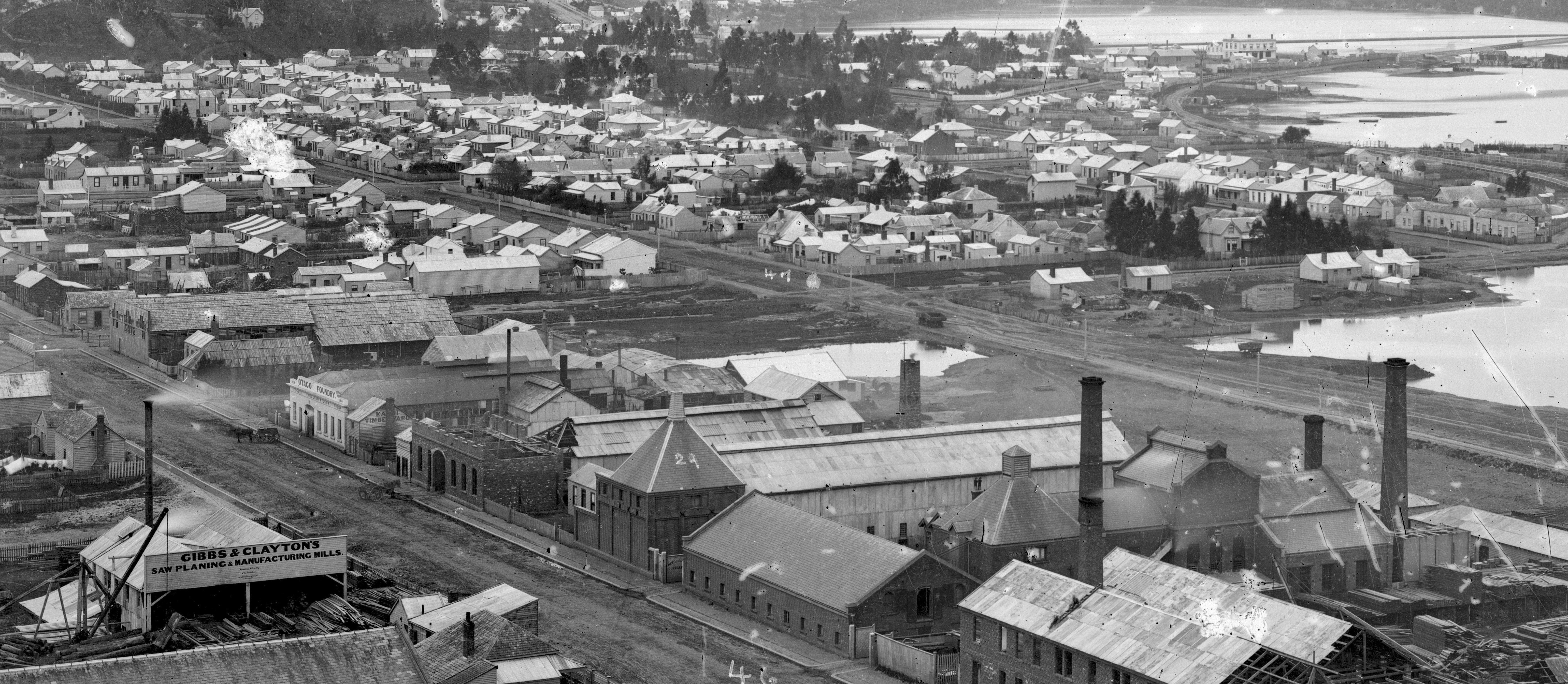
In 1870, they built three houses and stables, but lived in a small house at 62 Castle St. They had seven children.
One daughter was named Elizabeth and this appeared to line up with writing on a porcelain mug fragment.
Ms Wooller said James and Maria Hastie lived in the hospital area in the 1890s and they owned a few houses and stables.
William and Catherine Wilson had stables from 1884.
Ms Wooller inferred Mr Wilson and Mr Hastie may have been friends, as both were charged with public drunkenness in 1882.
One couple less fortunate were Joseph and Martha Hucker, who married in London in their early 20s and moved to New Zealand under an assisted immigration scheme a few years later.
Mr Hucker was a cabinet maker.
Ms Wooller said the couple bought a section next to the Driscolls and they had built a shop and dwelling by 1880, but filed for bankruptcy soon after.
Eight years later, a fire broke out at their premises.
Mr Hucker died aged 46, but his widow went on to live another 40 years.

